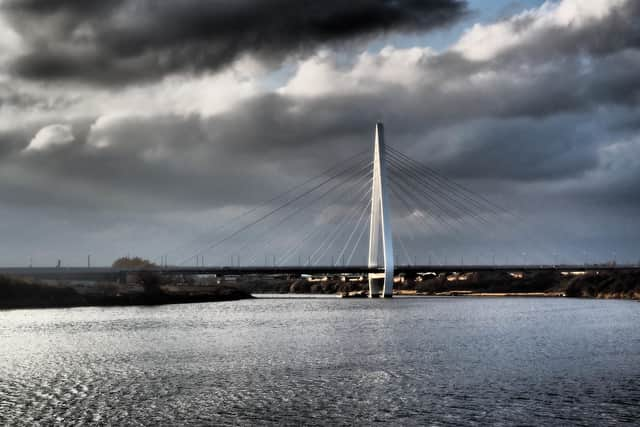How a 'Tyne transfer' is helping to keep our own River Wear flowing during the long hot summer
and live on Freeview channel 276
After the fifth consecutive month of below average rainfall and the driest spring and early summer since 1996, river and reservoir levels are below normal in most parts of the North East – including along the Wear.
The Environment Agency officially declared a period of prolonged dry weather in the North East on Tuesday, August 9, but has already been working with Northumbrian Water to tackle the problem of falling water levels through the company’s Kielder Transfer Scheme.
Advertisement
Hide AdAdvertisement
Hide AdThe system allows water from the Kielder reservoir to be pumped into the North Tyne river, from where it can be transferred to the Wear, as well as the Derwent and even the Tees, allowing water to be supplied to Sunderland, Newcastle, and Middlesbrough.
The firm moved around 30 megalitres – 30million litres – of water per day from Kielder into the Wear through its Frosterley outfall in Weardale for 12 days at the end of last month - the first time a Tyne/Wear transfer has been made in 16 years.
The transfer started again yesterday afternoon, Thursday, August 11, after the river level fell at Chester-le-Street.
The agency has also requested additional releases from Kielder into the Tyne to support salmon migration and has told holders of 35 abstraction licences that river levels are low and abstraction must stop.


Advertisement
Hide AdAdvertisement
Hide AdRachael Caldwell, the agency’s Area Environment Manager in the region, said: “River flows across most of the North East are low after a prolonged period of dry weather, and with the warm weather set to continue we expect levels will continue to drop.
“We’re looking at the impacts of dry weather across the region to make sure we can act to preserve water for wildlife and people as we experience extreme weather conditions.
“We are taking action alongside Government, water companies, environmental and angling groups and farmers to manage these impacts, such as operating water transfer schemes and managing abstraction licences.”
For water saving tips visit Waterwise.
Anyone who sees any environmental impacts due to dry weather, such as fish in distress, should report it to the Environment Agency on 0800 80 70 60 at any time.